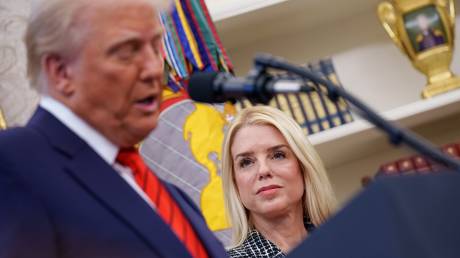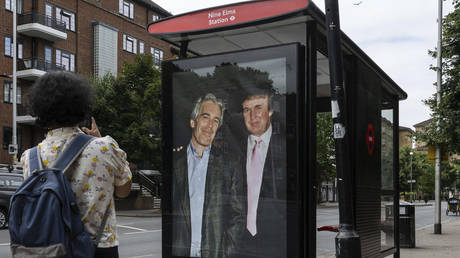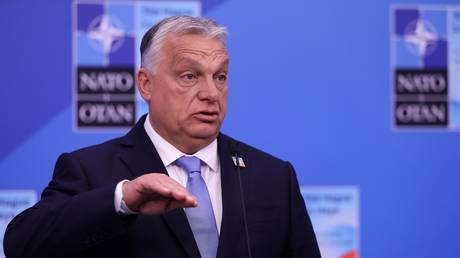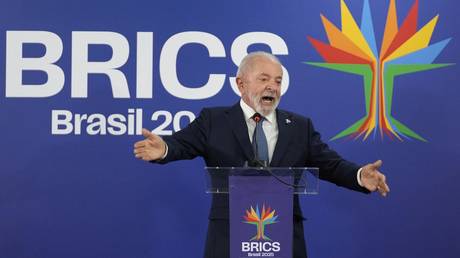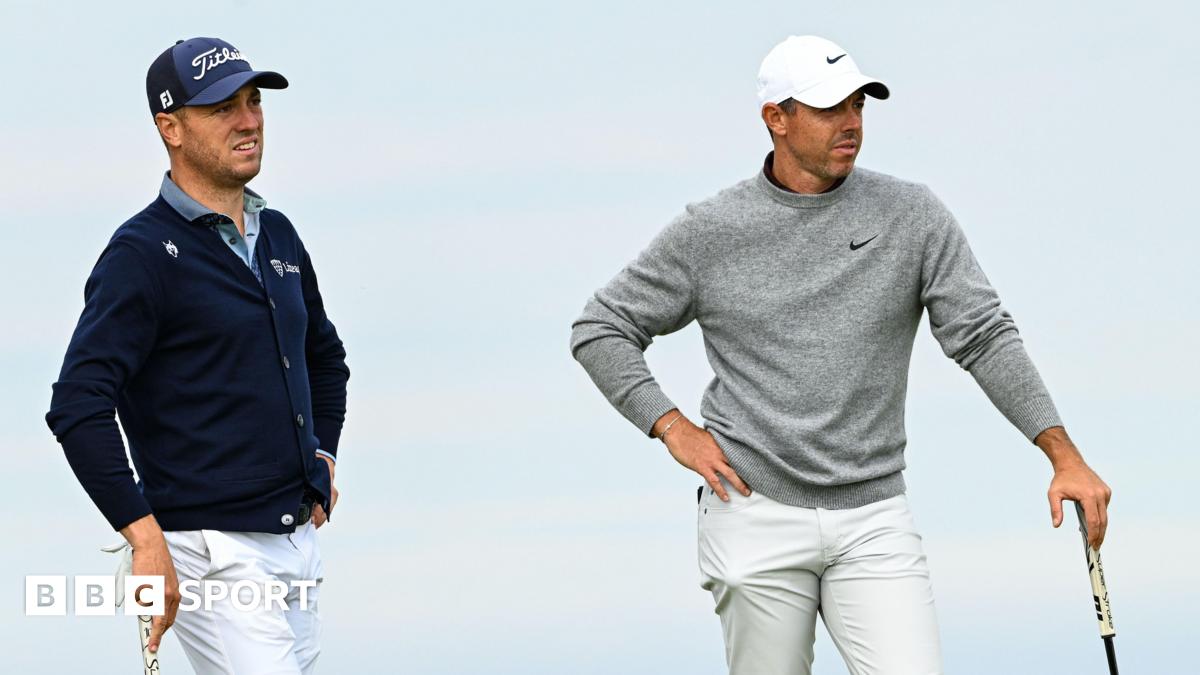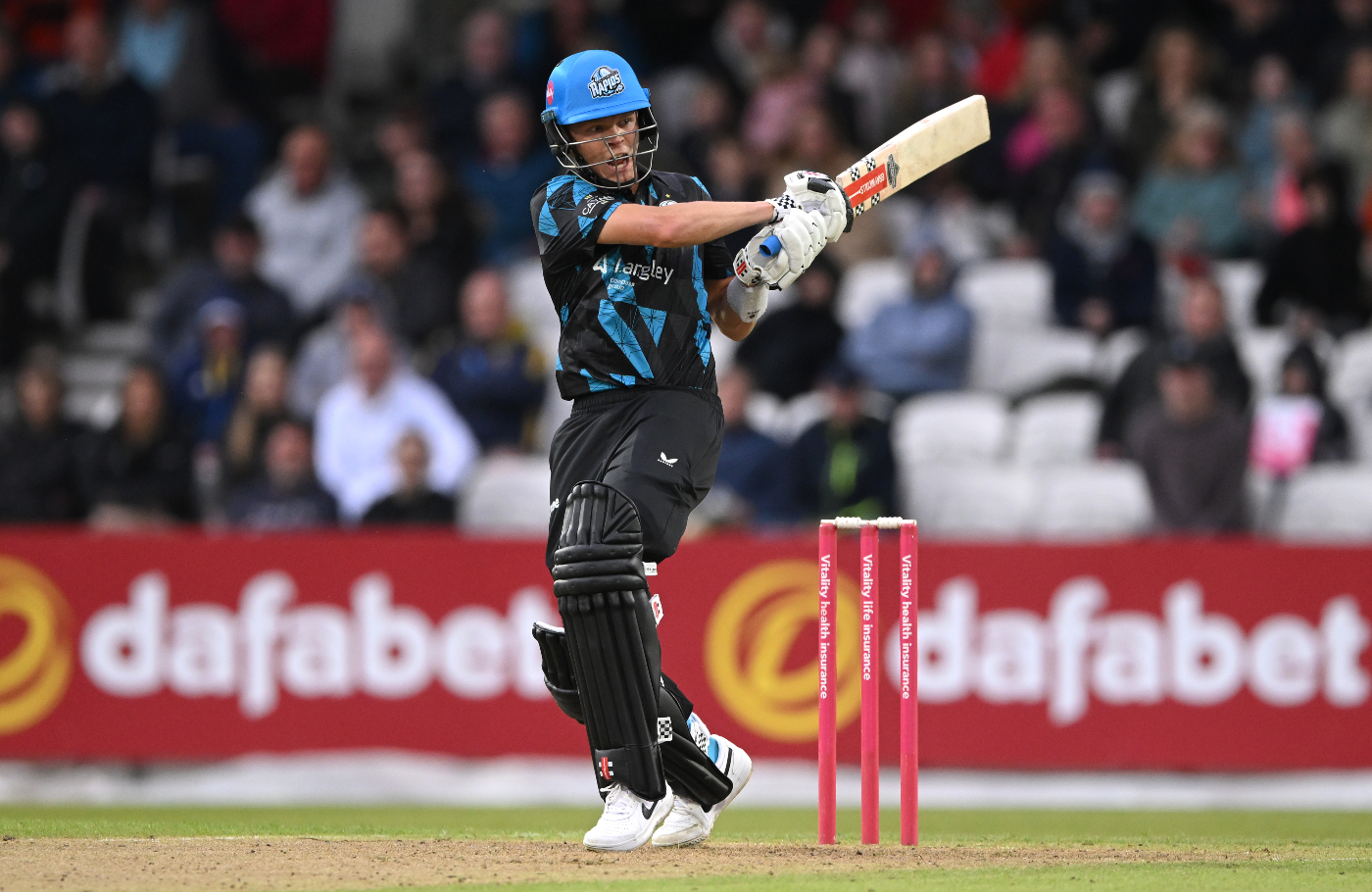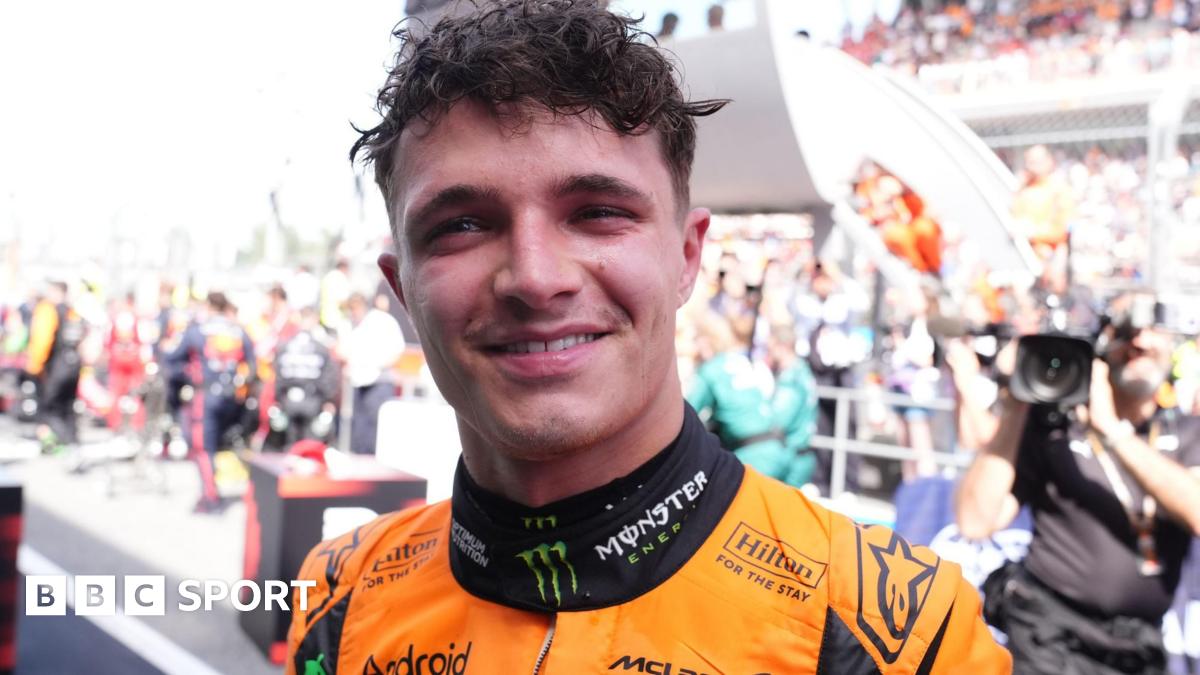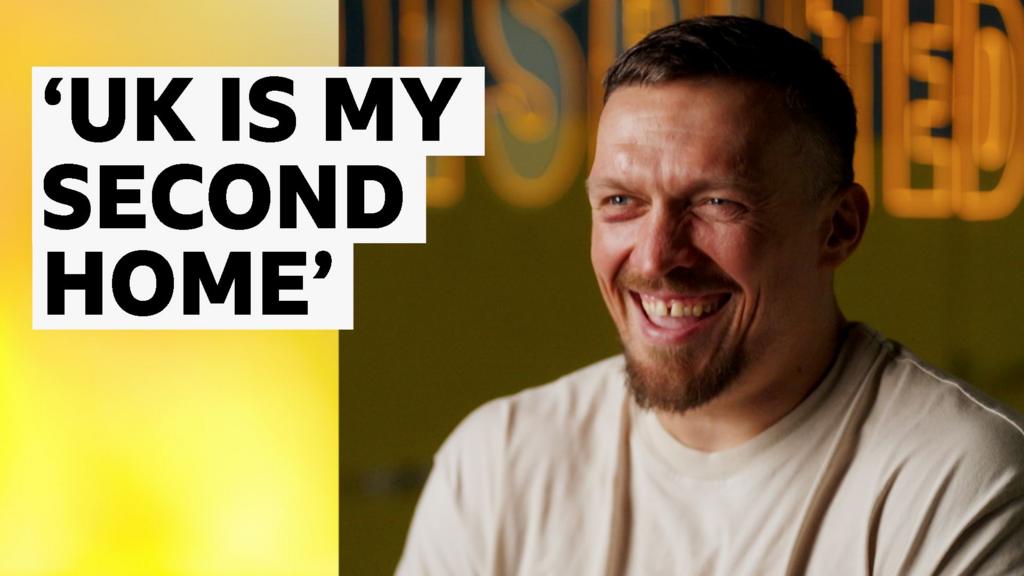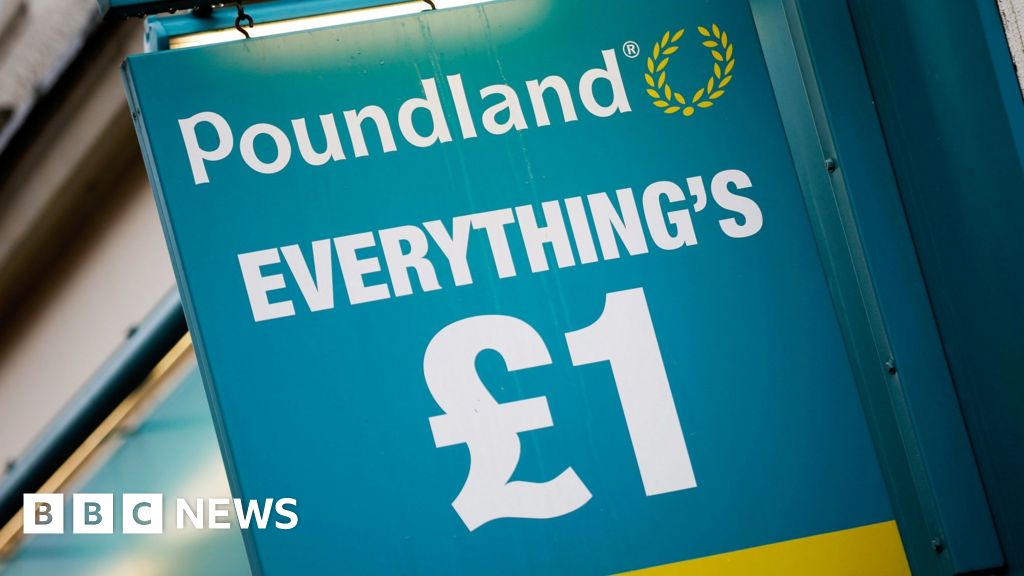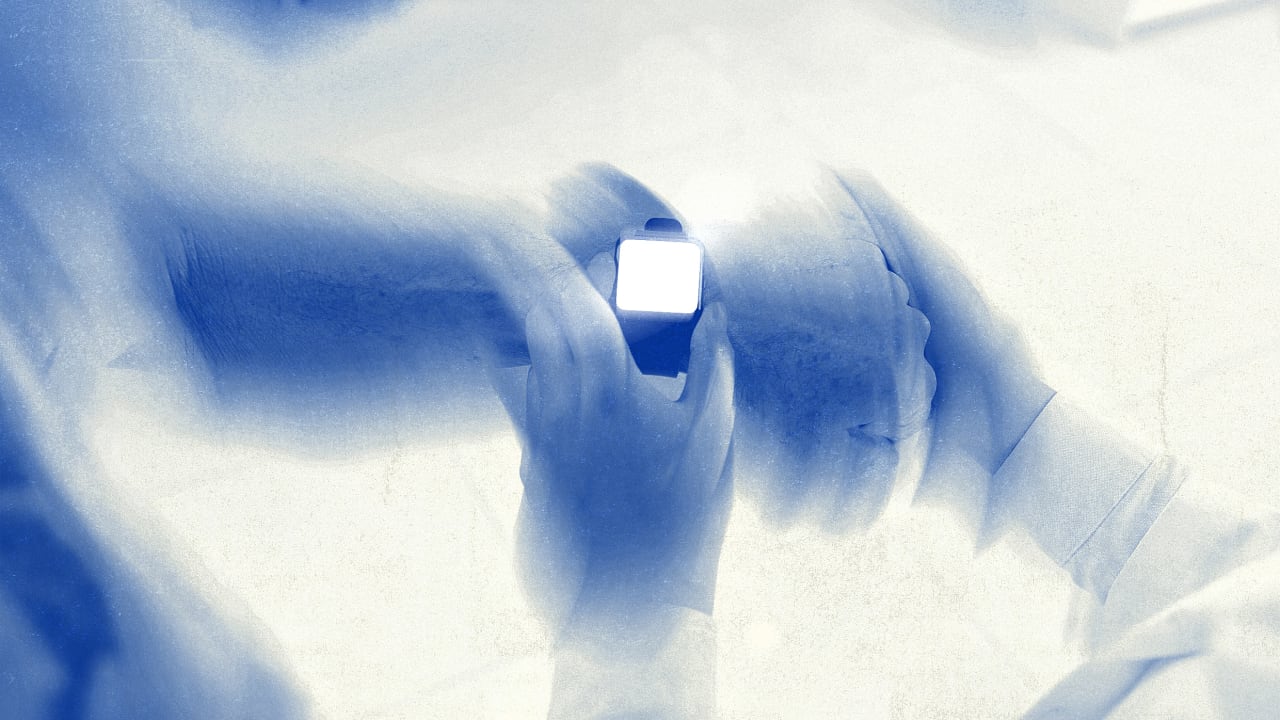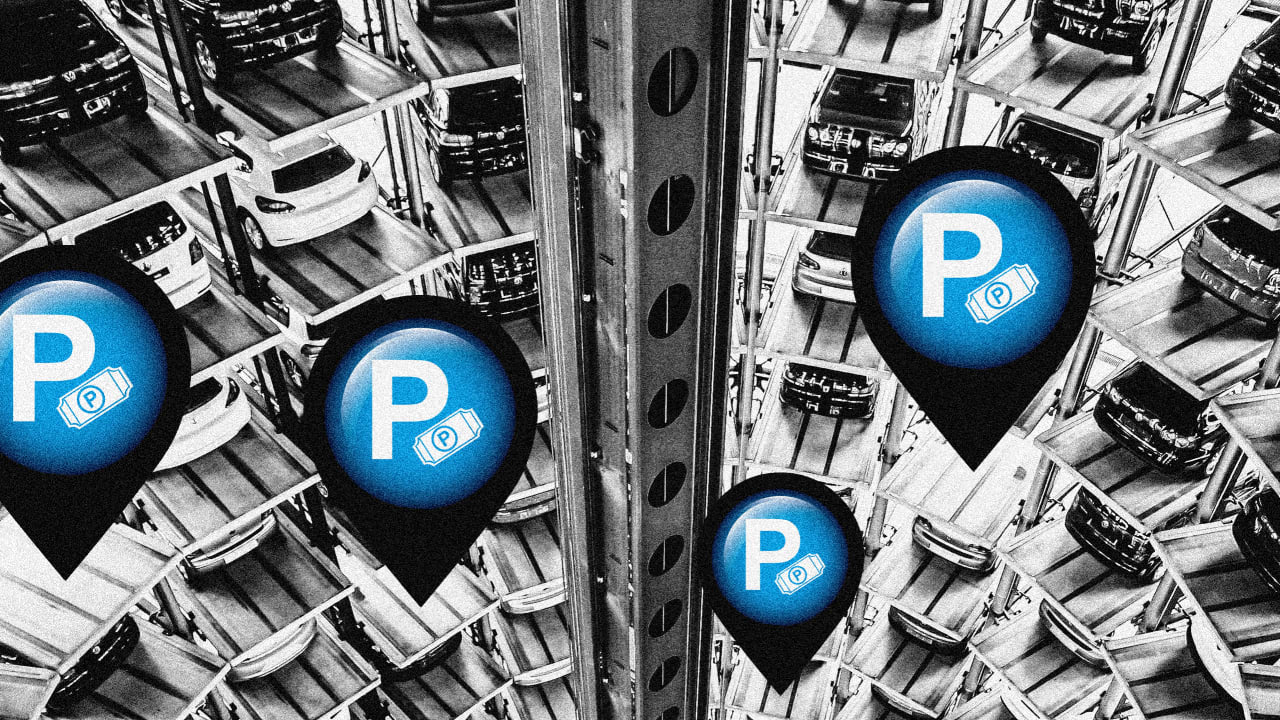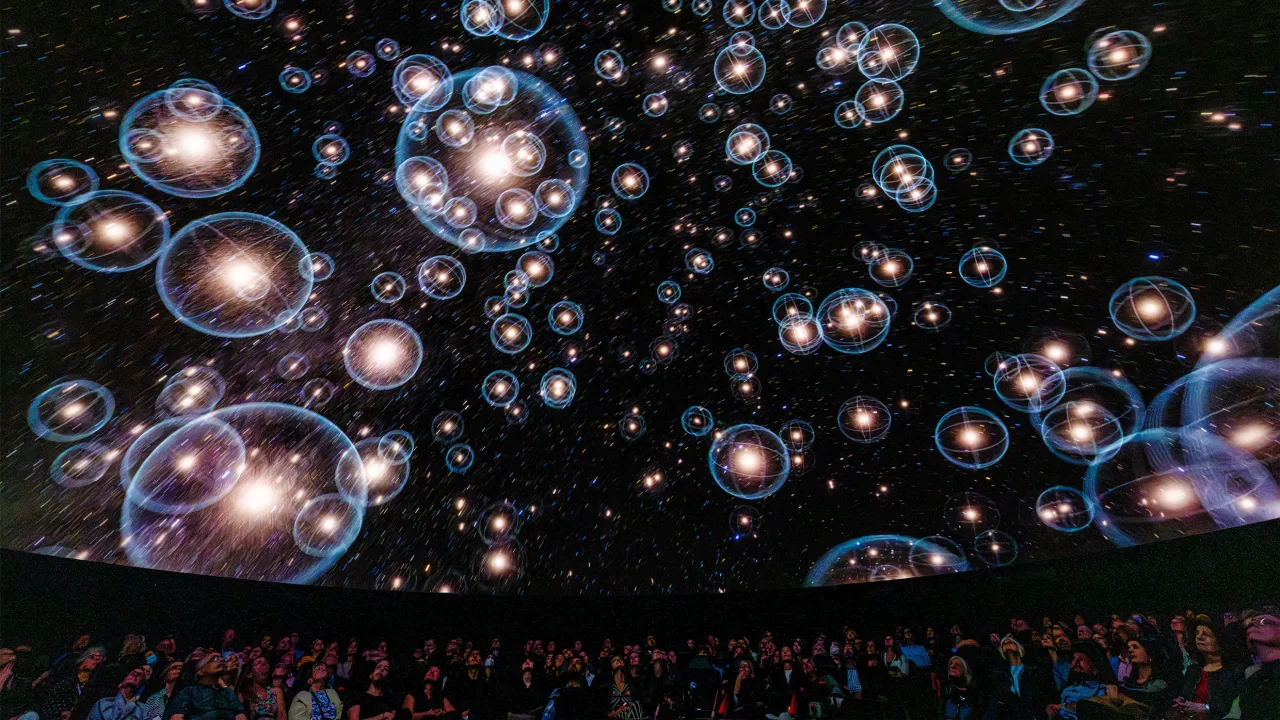Africa’s solar and EV revolution is here

In Sierra Leone, a motorcyclist pulls into a roadside station—not for gas, but to swap in a fully charged solar-powered battery.
Across Nigeria, families flick on solar lanterns, children study after dark, midwives deliver babies, and televisions hum to life—all without ever connecting to a power grid.
This is climate innovation where it matters most. No legacy infrastructure. No hand-wringing. Just necessity, invention, and momentum.
Africa isn’t waiting for the grid. It’s building its own future—solar-first, mobile-ready, and designed for the realities of life off the map.
On a continent where 600 million people—roughly half its population—have no or unreliable access to electricity, there’s no choice.
And no company has scaled that future like d.light.
Built for places the grid forgot
d.light began in a Stanford classroom—the now-legendary “Design for Extreme Affordability” course at the d.school, Stanford’s design program.
Its first product? A solar lamp created for rural Myanmar, durable enough to survive being trampled by a cow.
It wasn’t made for eco-conscious Americans. But that didn’t stop a sample from landing in a Sirius Satellite Radio studio in 2007, where I was hosting The Lazy Environmentalist. At the time, it was novel: a low-cost solar gadget at a moment when green products were attention-grabbing but pricey.
But the real story was only just beginning.
The rocket ship that stayed off the radar
While media attention drifted during the 2008 recession, d.light went heads-down.
Ned Tozun, then newly married and fresh out of Stanford, moved to Shenzhen to work directly with Chinese manufacturers. His cofounder, Sam Goldman, relocated to India to launch sales. Together, they were building a venture-backed rocket ship for impact—designing for durability, scaling a global supply chain, and figuring out how to finance solar for families without access to banks.
Seventeen years later, d.light is an “overnight success.”
It now powers over 30 million homes across Africa and has reached around 200 million people in 72 countries. With operations in Kenya, Nigeria, Tanzania, Uganda, and India, the company employs 1,200 staff and 15,000 local sales agents to reach last-mile customers in rural communities.
A grid of their own
d.light’s products are designed to deliver a grid-like lifestyle, without the grid.
The product line includes solar panel kits, batteries, ultra-efficient appliances, and even televisions. Children can study after dark. Families no longer rely on hazardous kerosene. Local economies run longer and safer.
Critically, d.light isn’t just a hardware company. It’s also a fintech platform, having extended $638 million in loans to underbanked customers. Its pay-as-you-go financing model has unlocked solar access for millions of low-income households.
The numbers tell the story:
- 91 million school-aged children reached with solar lighting
- 32 million households powered
- 40 million tons of CO₂ emissions offset
By 2030, their goal is clear: Transform one billion lives.
New backing, bigger stage
In June, d.light was tapped as a key participant in Nigeria’s $750 million DARES program, a World Bank–funded initiative to bring solar power to millions of the country’s citizens.
The timing couldn’t be more relevant. At a moment when clean energy funding for the developing world is at the center of climate negotiations—yet rich nations continue to stall—d.light is already moving.
Access to low-cost Chinese solar panels has made the economics viable. And Africa’s entrepreneurial climate is meeting the challenge with urgency and creativity.
Between 2015 and 2024, Africa’s installed solar power capacity jumped from 2.1 gigawatts to 15.4 gigawatts. That’s more than 7x growth in a decade.
Electric mobility, without the grid
Household power isn’t the only thing going off-grid. Mobility is, too.
Take MAX, a Nigeria-based electric vehicle company that produces rugged e-motorcycles specifically for the African market. Priced around $2,000 and bundled with lease-to-own financing, MAX’s bikes are built for affordability, reliability, and rugged conditions.
The company operates battery-swap stations along key commercial routes in Lagos, Nigeria’s financial and commercial hub, to keep drivers on the move.
Last year, MAX partnered with Energicity, a venture-backed startup building solar-powered minigrids across West Africa. The result: a fully solar, zero-carbon mobility system—locally designed, locally powered, and built without ever touching a legacy utility.
The rollout began in Sierra Leone, where MAX riders now recharge their vehicles using Energicity’s solar stations. The vision is bold: Let clean energy flow through every part of the economy, from household lighting to logistics.
The future isn’t waiting
Africa’s energy future won’t resemble Europe’s or America’s. Instead, it’s turning its infrastructure liabilities into an advantage.
By solving for affordability, decentralization, and local resilience, companies like d.light, MAX, and Energicity are proving that clean energy innovation can thrive anywhere.
It often starts where the need is greatest.
Last November, d.light’s Ned was named to the Time100 Climate list, honoring the leaders driving real business action on climate. He joined me on the Supercool podcast to talk about what it takes to build a global climate tech company from the ground up, and why Africa may hold the blueprint for how clean energy scales next.
“Our job is to make solar accessible to everyone,” Ned told me. “Not in the future. Right now.”
Josh Dorfman is the CEO of Supercool.
What's Your Reaction?
 Like
0
Like
0
 Dislike
0
Dislike
0
 Love
0
Love
0
 Funny
0
Funny
0
 Angry
0
Angry
0
 Sad
0
Sad
0
 Wow
0
Wow
0

